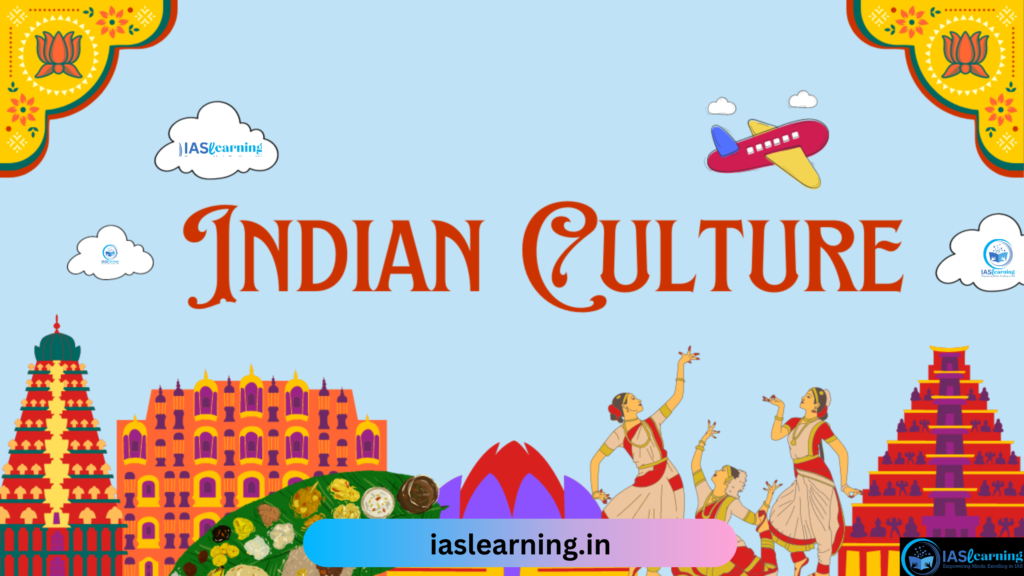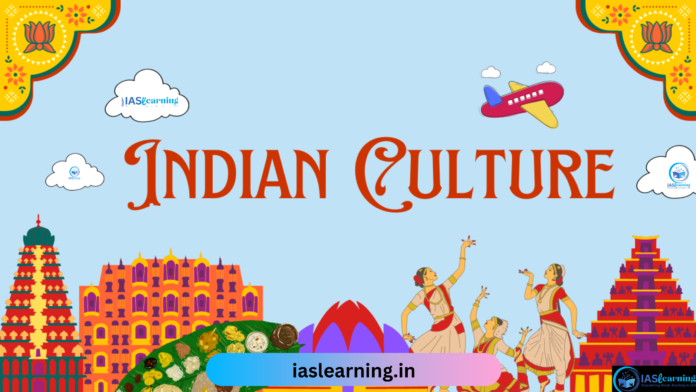In This Article We Going to Understand Indian culture is considered an example of Polyphonic Culture
Indian culture became pluralistic as a result of its development. We can witness the integration between non-Aryan and Aryan cultures during ancient. In the same way, the similarities between North and South American civilizations are evident. Whereas bhakti, incarnation, and worship predominated in non-Aryan cultures, Yajana was given prominence in Aryan civilization.

Fore more : What is the concept of Nation and State?
What is Constitutionalism And Consitutional Morality
Later, when aspects of both Aryan and non-Aryan civilizations were assimilated, the Hindu religion and culture emerged. In a same vein, any religious movement that emerged in North India between the Brahmin, Buddhist, and Jains had to have moved south.
Shankaracharya in the south developed and polished the Advaita philosophy of the Upanishads, which originated in the north. Cave architecture evolved under Ashoka and reached its pinnacle with the building of the Pallava cave temple.
Fore more : American Revolution 1776, History, Causes, Timeline and its Impacts
History of the World Before 18th Century
Gangi-Yamuni culture is the expression of the Bhakti and Sufi movements throughout the medieval era. Similar to this, a new architectural style emerged throughout the Sultanate and Mughal eras as a result of the fusion of Islamic and Indian elements. Other artistic mediums where this harmony is evident include painting and music. All of these variables contribute to the polyphonic or diverse nature of Indian culture.

